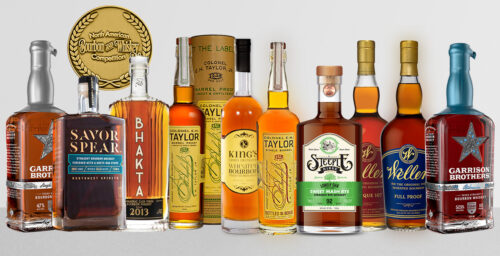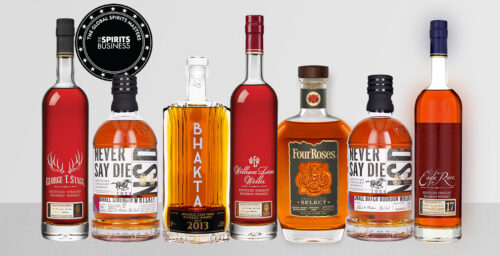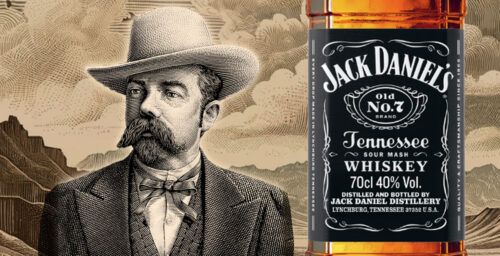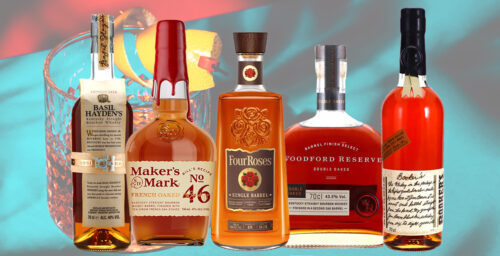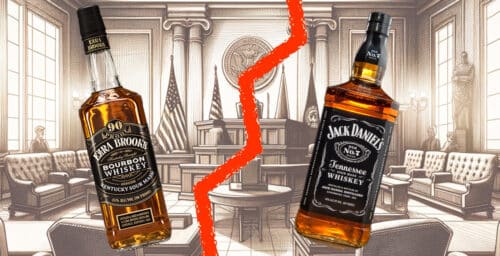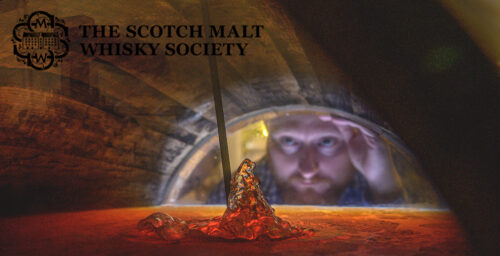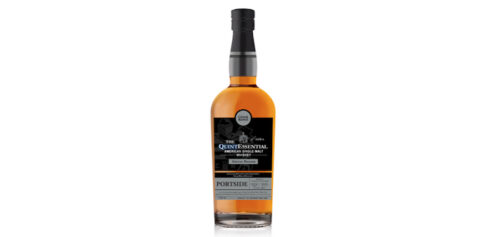Editor’s Note: This is Part 5 of a 9-part series about Baudoinia compniacensis, the whiskey fungus. Part 1 is here, Part 2 is here, Part 3 is here. Part 4 is here. It comes to us via a reprint from the original article at Chuck’s site.
Baudoinia compniacensis isn’t dangerous, but it is weird. Researchers have observed that ethanol exposure early in the plant’s life stimulates the formation of protective ‘heat shock proteins’ that confer heat resistance, allowing the mold to survive on hot metal walls exposed to direct sunlight. This gives it an advantage over competitors. That advantage seems to continue even after the available ethanol vapor declines.
Here is another mystery. You might expect interior surfaces of warehouses, especially whiskey barrels themselves, to be thick with the stuff, but they aren’t. It always has been more prevalent on exterior surfaces. No one knows why.
Baudoinia is harmless, to humans and other animals as well as to crops and other plant life. It is most noticeable on the trunks of trees and walls of buildings. People who work at distilleries or live nearby have been exposed to it for generations and no ill-effects have been reported. Trees and other plants on which it grows don’t seem to mind. They grow normally.
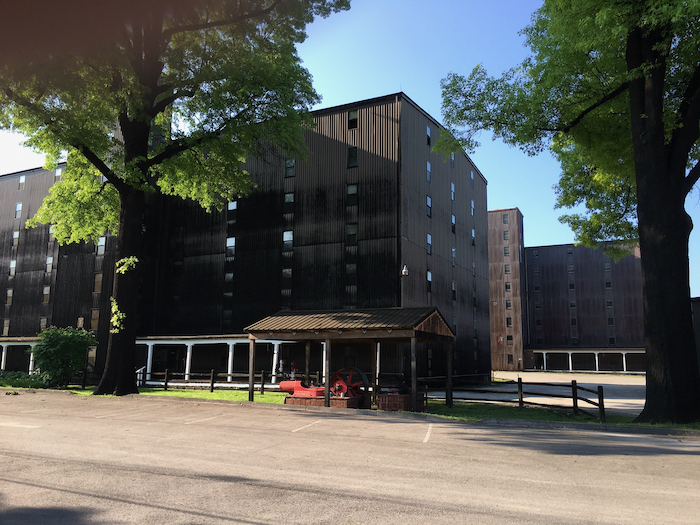
Many producers of aged spirits simply paint their buildings dark colors, making the ‘soot’ less noticeable. Dark-colored warehouses also have hotter interiors on sunny days, which is good for the whiskey. Some clean Baudoinia from affected buildings, but most don’t bother.
Although Baudoinia can be removed from most surfaces with soap and water, it usually comes back. Common antifungal remedies like copper and zinc salts deter it in the short-term. Since Baudoinia is spread by air movement, it is theorized that planting trees and other plants around warehouses will reduce its spread. Since it seems to thrive even in areas where the amount of ethanol in the air is low, more research needs to be done to determine ethanol’s exact role in the plant’s life cycle.
No one appears to be actively researching Baudoinia today. University mycologists visit distilleries to experience it firsthand, as a group from Ohio State did at Buffalo Trace in 2016, but no major new research is underway. Neither the Distilled Spirits Council nor the Kentucky Distillers Association has an official position on Baudoinia, let alone a research program. Consensus in the industry, if people will talk about it at all, is that Baudoinia is a natural and harmless plant, and not a problem.
They would rather not discuss the negative PR.
In Kentucky and Tennessee, as whiskey sales have increased over the last two decades, more and more whiskey maturation warehouses have been built and existing sites that were unused or under-used during bourbon’s down years are once again full. More whiskey in more warehouses has led to more Baudoinia, in neighborhoods where it never was, or hasn’t been for 30 or 40 years, which is effectively the same thing.
The repeal of Prohibition in 1933 set off a distillery building boom much like the one going on now. In Louisville, most of the new distilleries were built south of downtown in the then-tiny suburb of Shively. They located there because land was cheap, taxes were low, water was clean, and municipal authorities were more malleable there than in much larger Louisville.
Shively was mostly farmland in 1933, but after WWII, housing began to fill in the areas that weren’t already occupied by distilleries and other industrial facilities.
Stitzel-Weller, the distillery built by Pappy Van Winkle at the corner of Ralph Avenue and Fitzgerald Road in 1934, was one of the finest. As became the norm after Prohibition, everything was there in one location: distillery, offices, bottling, distribution, and maturation.
Distilling stopped at Stitzel-Weller in 1992 when the rebuilt Bernheim Distillery opened. Bottling left too, sent to Diageo facilities in Illinois and elsewhere. But unlike most Shively distilleries, Stitzel-Weller was never shuttered and is largely intact.
As the whiskey stored there aged out, it wasn’t replaced. Bernheim had its own maturation warehouses. By the late 1990s, the Stitzel-Weller warehouses were nearly empty, and little was going on. Because so few people worked there, there wasn’t much security, and a tacky chain link fence was erected. The place looked, and was, virtually abandoned. An eventual shutdown and sale seemed likely.
NEXT TIME: The Bourbon Boom cometh.

